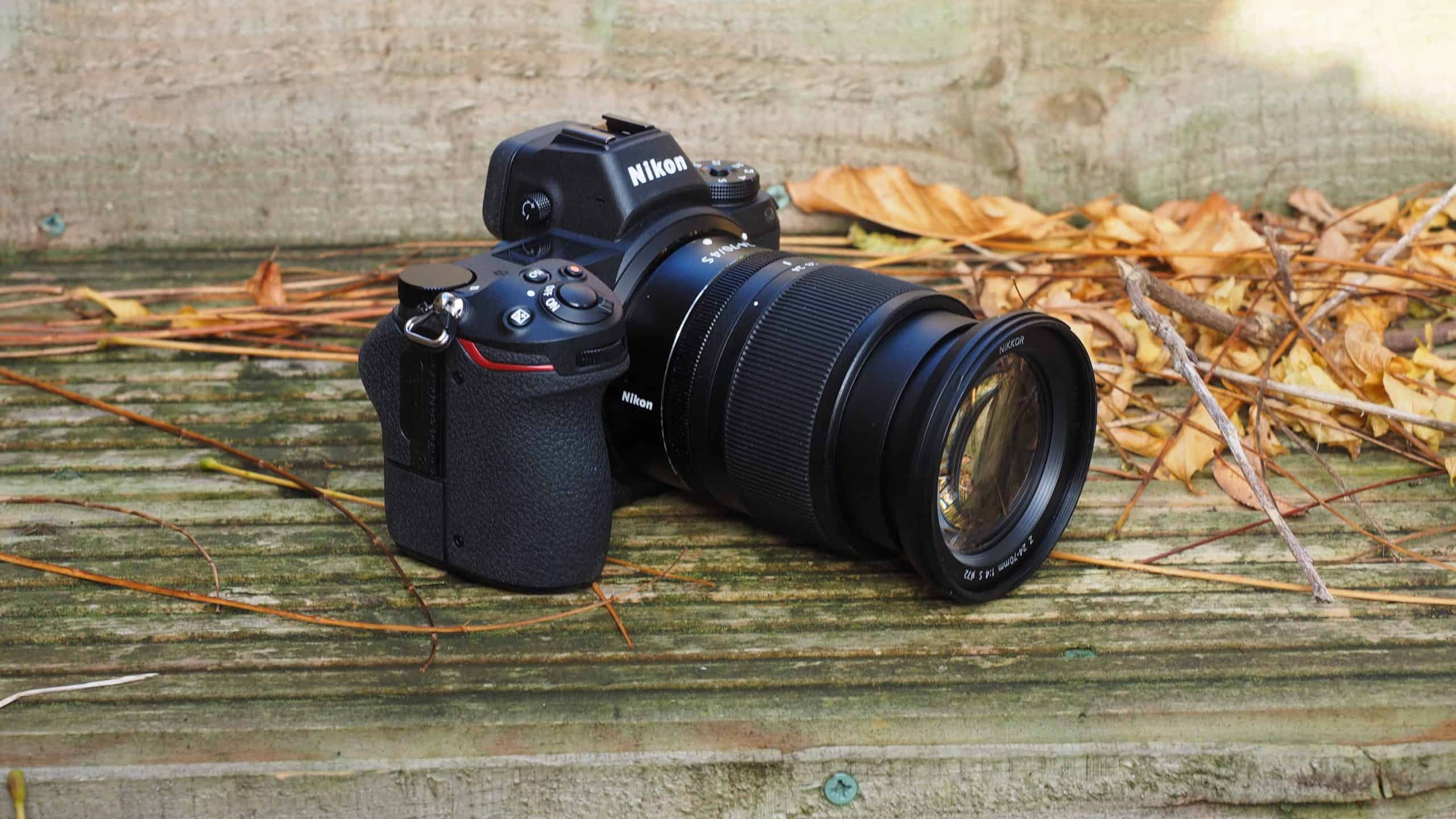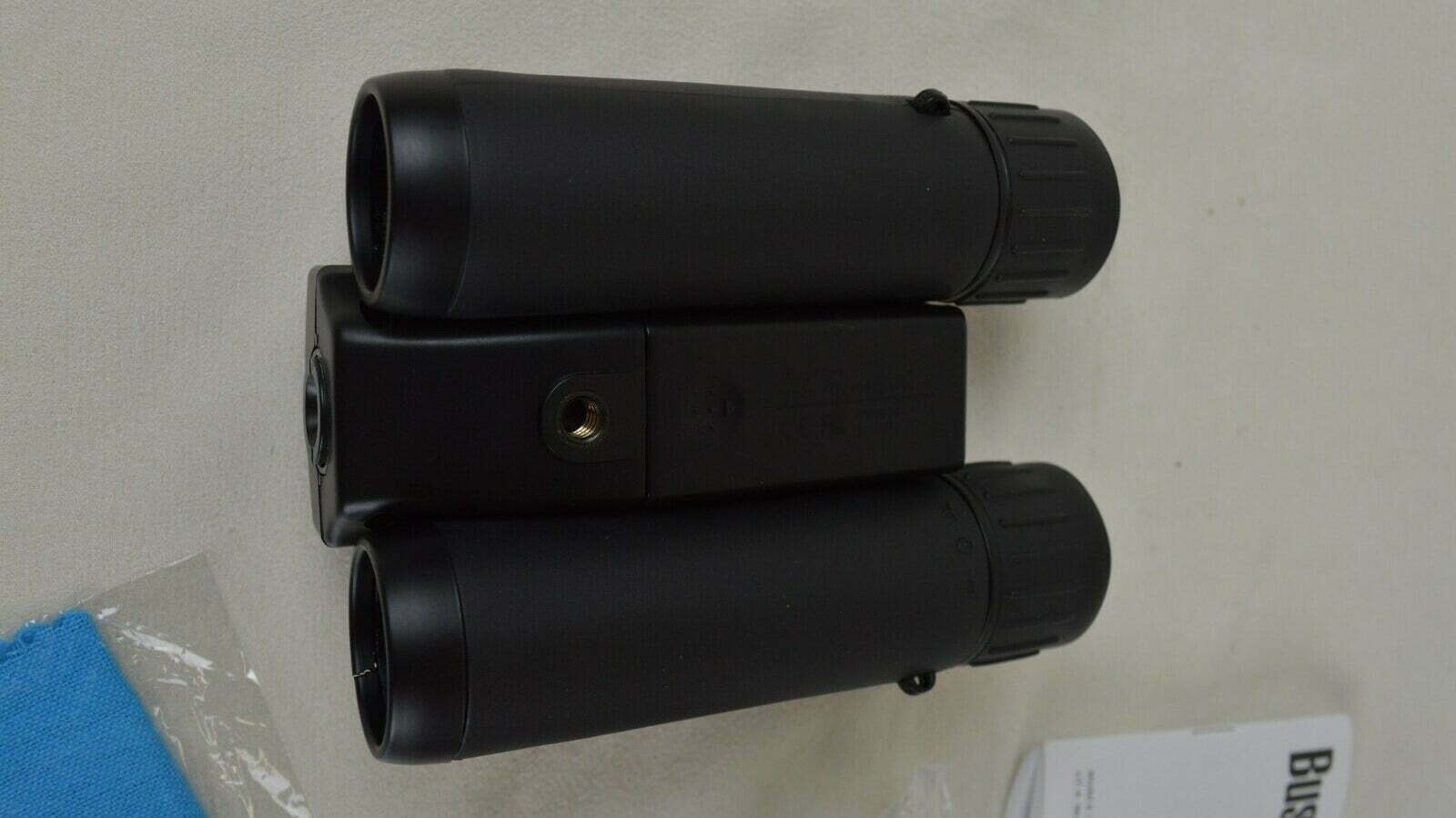If you have been experimenting with a digicam, you may be wondering how to remove the IR filter from a digital camera. Many of the top-rated digital cameras include an IR filter, but they are not always necessary. Keep reading to learn more.
KEY TAKEAWAYS:
- An IR filter allows a digital camera to take sharp color images by limiting the amount of infrared light that is allowed to pass through the camera lens to the image sensor.
- Removing an IR filter will allow photographers to take unique and beautiful infrared photos.
- If you are looking to remove an IR filter, try to use an old camera, as opening up a new camera will void any warranties.
What is an IR Filter?
An IR filter, otherwise known as an IR cut filter or an infrared filter, is a component of a color digital camera that works to filter out infrared light. This filter works to allow the camera to take standard color digital images. Without this filter, infrared light could overwhelm the image sensor even if you know how to set the aperture on a digital camera.
Insider Tip
Check the screws of your camera ahead of time to make sure you have access to the correctly-sized screwdriver.
Why Remove the IR Filter From a Digital Camera?
The main reason to remove the IR filter from a digital camera is to purposefully allow infrared light to pass through the image sensor for creative effect. IR light can contribute to some really cool images, after all. This will allow you to participate in infrared photography, in which infrared light and visible light are mixed to a stunning effect. You can also mess with exposure times for even more unique visuals.
Tips to Remove the IR Filter From a Digital Camera
The process to remove the infrared light filter from a digital camera will differ depending on the make and model of your camera. So we have assembled some general and universal tips to follow as you go through this process.
Use an Old Camera
The process of removing an IR filter is not especially difficult in most cases, but it does carry some risk of damage to the camera. It will also void whatever manufacturer’s warranty is in place with a newer more modern camera. To avoid any serious repercussions, use an old camera you have lying around the house or purchase a used older model at a flea market or at an online marketplace. You should also check how to recycle old digital camera so that you can know where to find old cameras
Organize Your Tools and Components
Removing an IR filter from a camera will typically involving opening up some compartments and removing multiple tiny components, only to reinsert them when you are finished. In other words, gather your tools ahead of time. You are likely to just need a smaller-than-average screwdriver for this task. As for the removed components, be sure to organize them as you remove them and mark them accordingly. You don’t want to go to rebuild the camera only to find that a crucial bit of tech is missing, as this could lead to problems with the optical path and focus issues.
Warning
Removing an IR filter is likely a one-way trip, as reinserting an IR filter is much more difficult and time-consuming than removing it.
F.A.Q.
What does a UV filter do?
Just like an IR cut filter, a UV cut filter will prevent large amounts of ultraviolet light from passing through the camera lens and on to the digital image sensor. Occasionally, UV and IR filters are grouped together as one device.
Why convert a camera?
For new photographic opportunities, mostly. Allowing a camera to go “full-spectrum” will open up new artistic possibilities.
What makes a night vision camera?
A camera will need a thermal sensor or a light-boosting feature to operate a night vision camera.
STAT: The discovery of infrared radiation is ascribed to William Herschel, the astronomer, in the early 19th century. (source)





















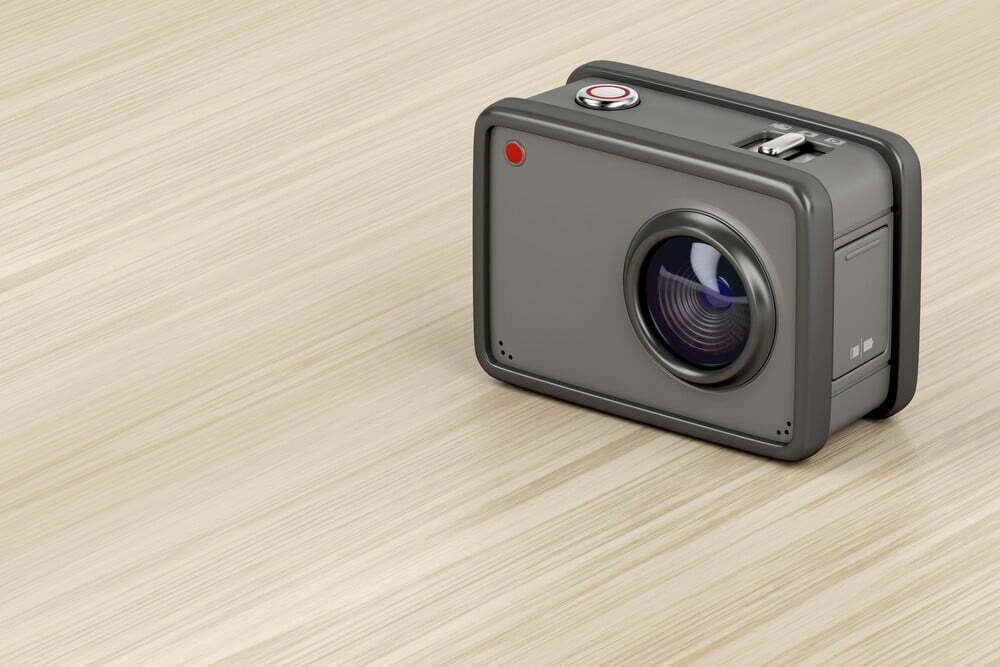


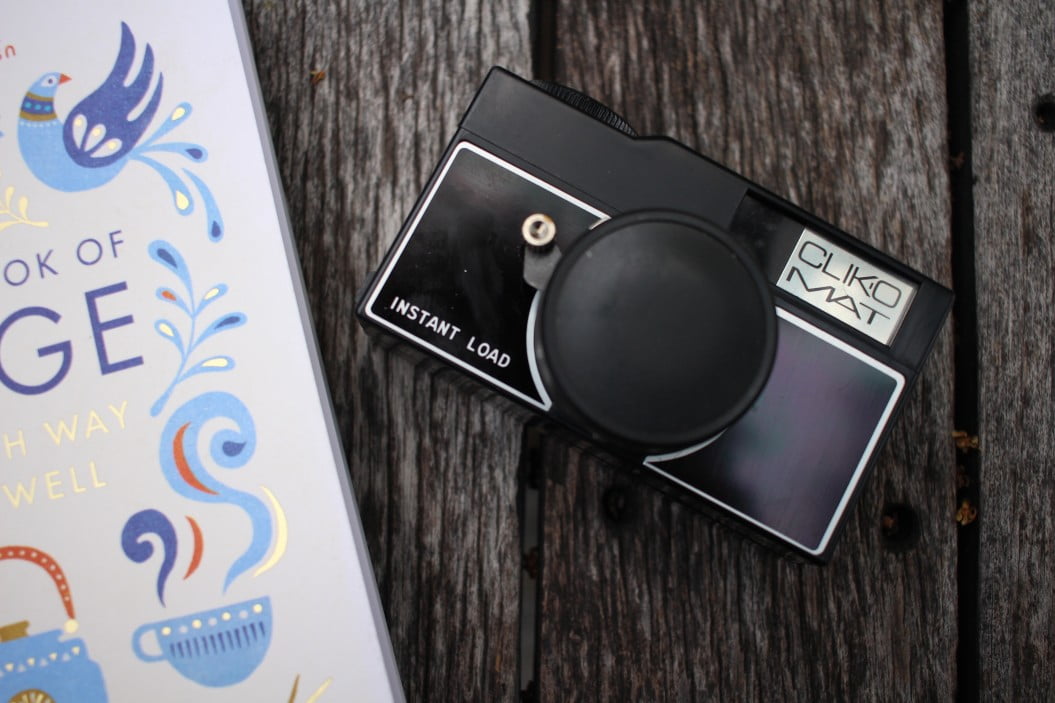

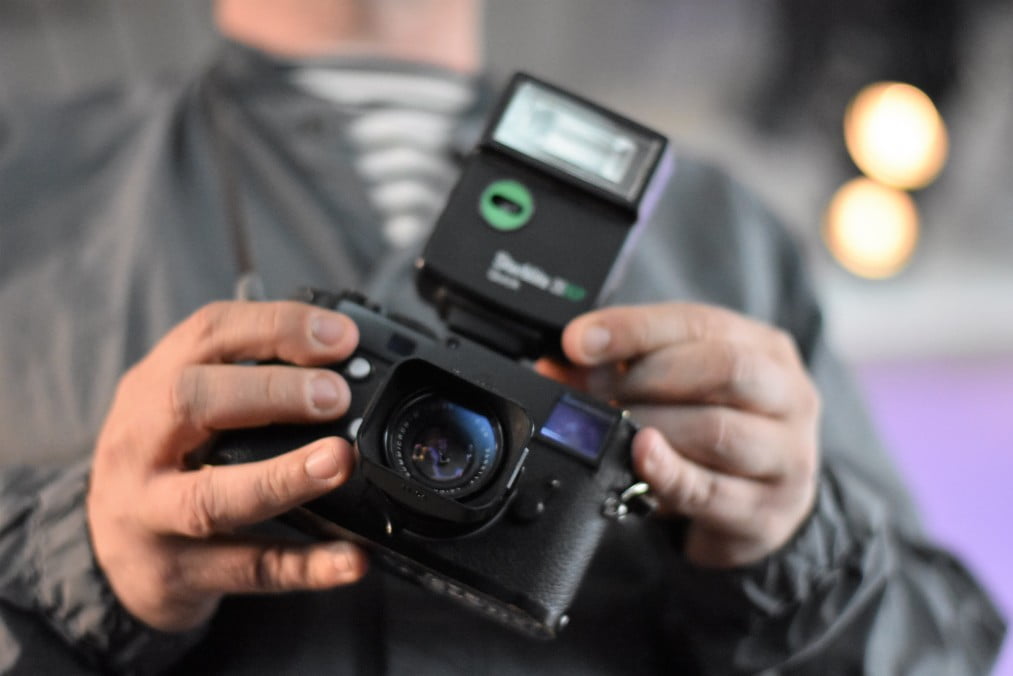

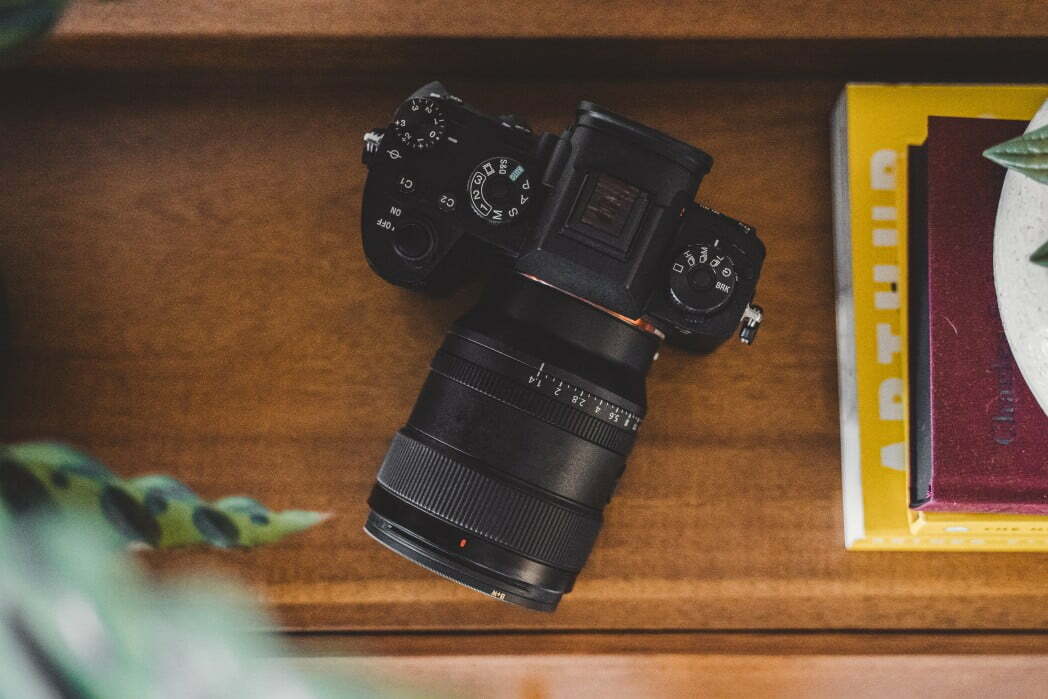
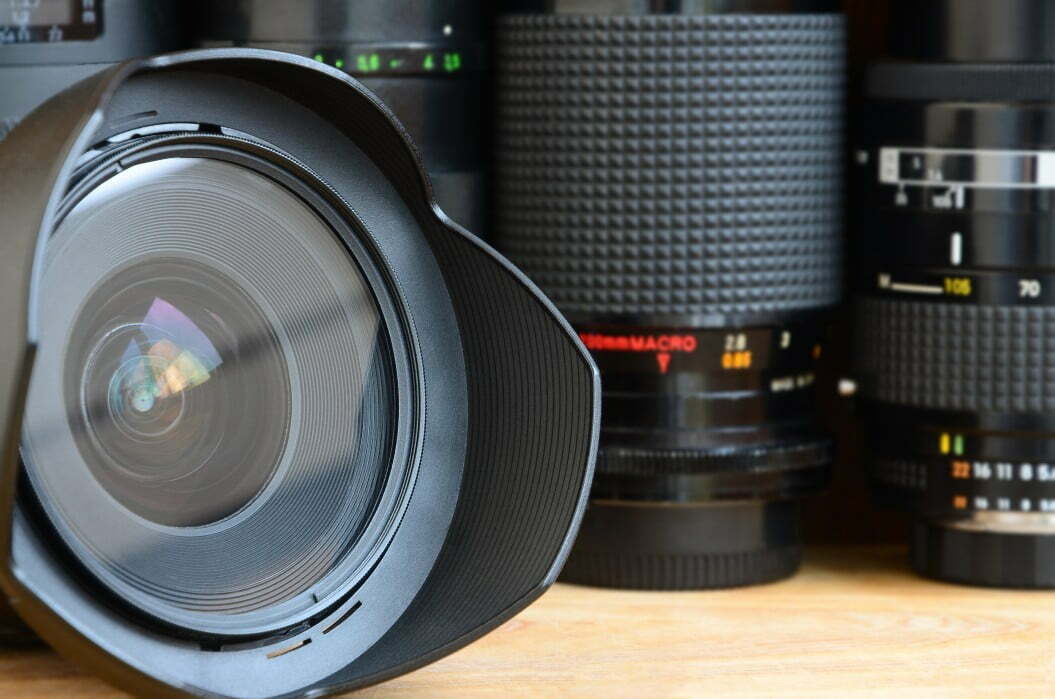



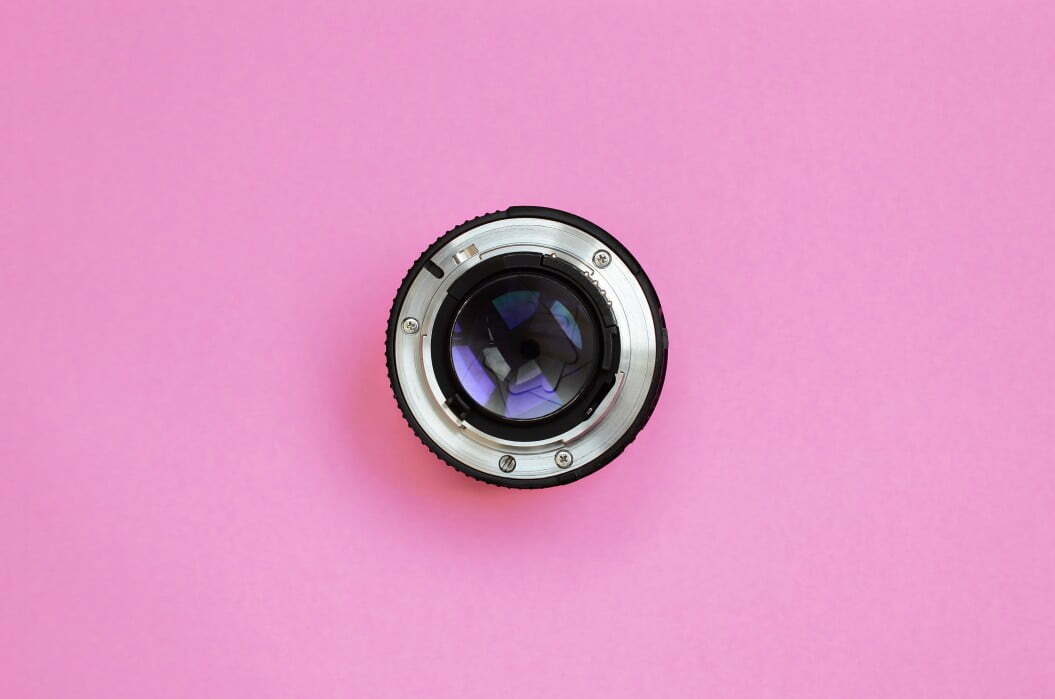
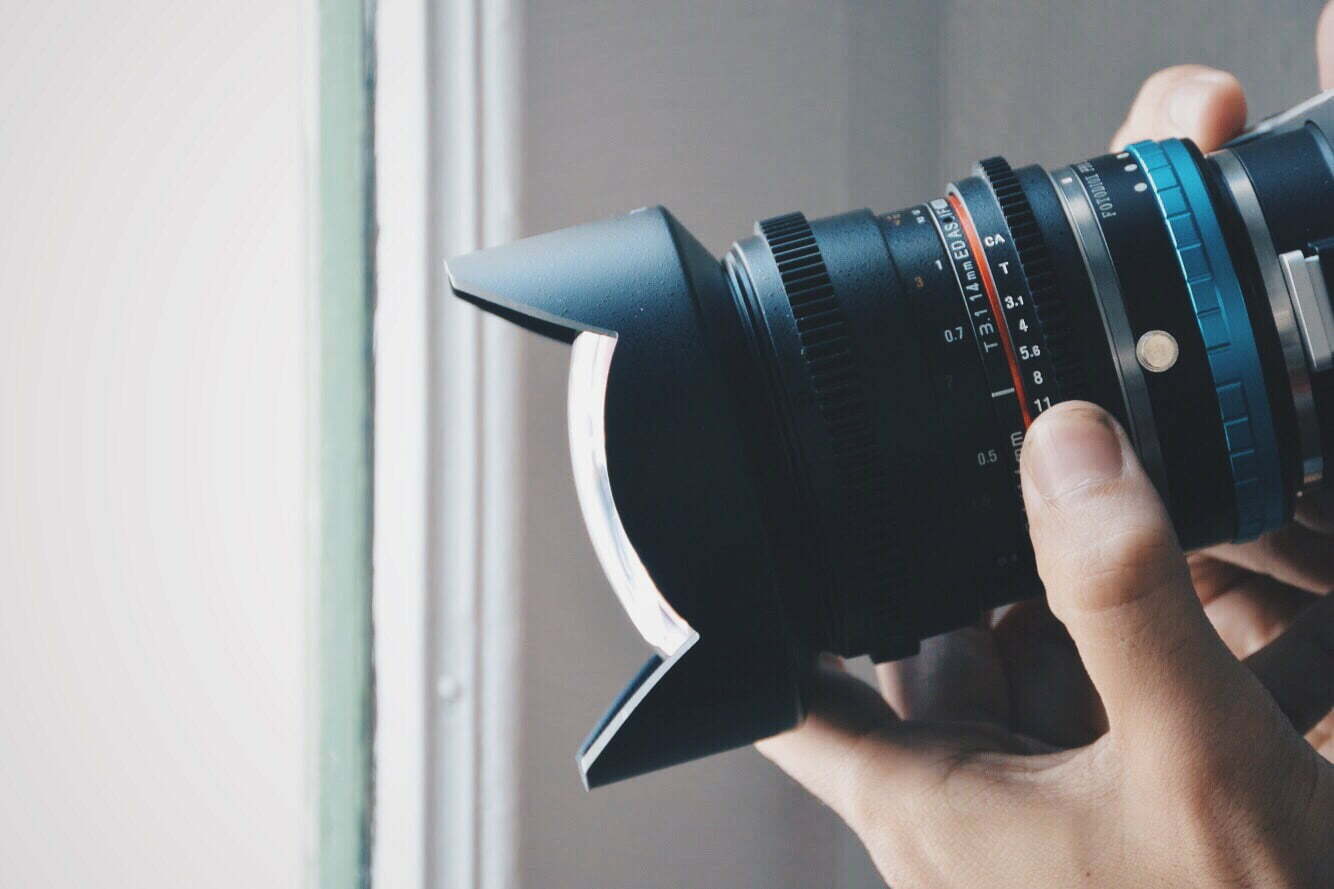
![Best Point and Shoot Camera in [year] ([month] Reviews) 27 Best Point and Shoot Camera in 2025 (October Reviews)](https://www.gadgetreview.dev/wp-content/uploads/Nikon-Coolpix-B500.jpg)
![Best Underwater Camera in [year] ([month] Reviews) 28 Best Underwater Camera in 2025 (October Reviews)](https://www.gadgetreview.dev/wp-content/uploads/best-underwater-camera-image.jpg)
![Best Digital Cameras in [year] ([month] Reviews) 29 Best Digital Cameras in 2025 (October Reviews)](https://www.gadgetreview.dev/wp-content/uploads/what-is-resolution-on-digital-camera-1.jpg)
![Best Digital Camera Docking Stations in [year] 30 Best Digital Camera Docking Stations in 2025](https://www.gadgetreview.dev/wp-content/uploads/best-digital-camera-docking-stations-image.jpg)
![Best Vlogging Camera in [year] ([month] Reviews) 31 Best Vlogging Camera in 2025 (October Reviews)](https://www.gadgetreview.dev/wp-content/uploads/best-vlogging-camera-image.jpg)
![Best Mirrorless Camera in [year] ([month] Reviews) 32 Best Mirrorless Camera in 2025 (October Reviews)](https://www.gadgetreview.dev/wp-content/uploads/best-mirrorless-camera-image.jpg)
![Best GoPro in [year] ([month] Reviews) 33 Best GoPro in 2025 (October Reviews)](https://www.gadgetreview.dev/wp-content/uploads/best-gopro-image.jpg)
![Best Canon Digital Cameras in [year] 34 Best Canon Digital Cameras in 2025](https://www.gadgetreview.dev/wp-content/uploads/best-canon-digital-cameras-image.jpg)
![Best Digital Camera Tripods in [year] 35 Best Digital Camera Tripods in 2025](https://www.gadgetreview.dev/wp-content/uploads/best-digital-camera-tripods-image.jpg)
![Best Polaroid Digital Cameras in [year] 36 Best Polaroid Digital Cameras in 2025](https://www.gadgetreview.dev/wp-content/uploads/best-polaroid-digital-cameras-image.jpg)
![Best Small Digital Camera Cases in [year] 37 Best Small Digital Camera Cases in 2025](https://www.gadgetreview.dev/wp-content/uploads/best-small-digital-camera-case-image.jpg)
![Best Digital Camera USB Cables in [year] 38 Best Digital Camera USB Cables in 2025](https://www.gadgetreview.dev/wp-content/uploads/best-digital-camera-usb-cable-image.jpg)
![Best Digital Camera Bags in [year] 39 Best Digital Camera Bags in 2025](https://www.gadgetreview.dev/wp-content/uploads/best-digital-camera-bag-image.jpg)
![Best Sony Digital Cameras in [year] 40 Best Sony Digital Cameras in 2025](https://www.gadgetreview.dev/wp-content/uploads/best-sony-digital-cameras-image.jpg)
![Best Digital Camera Accessories in [year] 41 Best Digital Camera Accessories in 2025](https://www.gadgetreview.dev/wp-content/uploads/best-digital-camera-accessories-image.jpg)
![Best Kodak Digital Cameras in [year] 42 Best Kodak Digital Cameras in 2025](https://www.gadgetreview.dev/wp-content/uploads/best-kodak-digital-cameras-images.jpg)
![Best Panasonic Digital Cameras in [year] 43 Best Panasonic Digital Cameras in 2025](https://www.gadgetreview.dev/wp-content/uploads/best-panasonic-digital-cameras-image.jpg)
![Best Video Cameras in [year] ([month] Reviews) 44 Best Video Cameras in 2025 (October Reviews)](https://www.gadgetreview.dev/wp-content/uploads/best-video-cameras-image.jpg)
![Best Compact Cameras in [year] 45 Best Compact Cameras in 2025](https://www.gadgetreview.dev/wp-content/uploads/best-compact-camera-image.jpg)
![Best Digital Cameras with Wifi in [year] 46 Best Digital Cameras with Wifi in 2025](https://www.gadgetreview.dev/wp-content/uploads/best-digital-camera-with-wifi-image.jpg)








